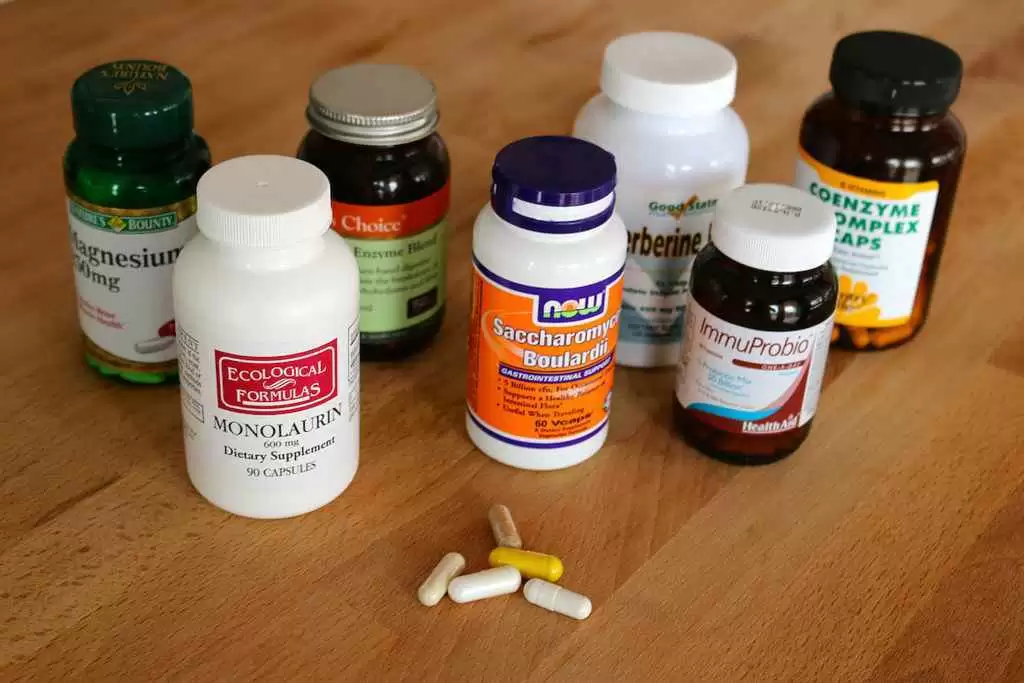
Celiac.com 12/17/2021 - Gastro-esophageal reflux disease, or GERD, is the focus of considerable medical attention at the moment. This very old problem has gotten some new attention as it has recently been recognized as a significant factor in some pulmonary diseases(1) and esophageal malignancies(2). While some sufferers have few or no symptoms of reflux disease, most of us feel at least some degree of discomfort when a mixture of food particles and stomach acids are pushed back up the esophagus where there is less protection from harsh stomach acid. The protection diminishes the further up the esophagus the acid rises as there is some mucous produced in the lower reaches of the esophagus nearer the stomach. The unprotected tissues further up the esophagus are burned, often causing pain, and sometimes, permanent damage(2).
We need only turn on our television sets to see the frequent and expensive advertising campaigns for the various products available to treat this widespread problem of indigestion and heartburn. If you regularly experience heartburn or indigestion, you may take one of the many drugs that are often prescribed to reduce production of stomach acid. Or you may just take one or more of the over-the-counter remedies such as Tums, Gaviscon, Rolaids, Mylanta, etc. But all of these products, whether prescribed or not, simply mask the symptoms of GERD without addressing the underlying cause.
Celiac.com Sponsor (A12):
Many of us who have gluten-induced disease have experienced some degree of relief from GERD symptoms after beginning a gluten-free diet. Prior to my diagnosis of celiac disease, I not only took prescription medications in a vain attempt to control the acidity in my stomach and throat, I also ate a huge quantity of Tums and/or Rolaids every day, all day long. The lucky ones among us experience complete, long-lasting relief from indigestion and heartburn. For those of us who aren’t so lucky, the problem may be caused by one or more of several factors such as smoking, excessive alcohol consumption, or allergic reactions to the foods we are eating.
If you struggle with excess acid production and/or esophageal reflux, it may be the result of your immune system reacting to the contents of your stomach. When such immune reactions are mounted, histamine is released into the stomach which triggers excessive secretion of gastric acid. If there isn’t enough food in the stomach to absorb the acid produced, we begin to feel uncomfortable. We may eat more food to get temporary relief or we may take one or more of the remedies listed above. Weight gain and obesity are predictable results of eating more and more to control stomach acid production. Prescription and non-prescription anti-acid strategies pose a host of other health problems—from inducing vitamin deficiencies— to compromising the immune protection provided by stomach acids. Whatever we choose, GERD is likely to continue until we address the underlying problem by eliminating allergenic foods from our diet.
The first step in this elimination process is to identify the foods that are triggering an immune response. There are simple, convenient IgG antibody blood tests available to help identify the specific foods that are causing your discomfort. If you are following a gluten-free diet and you continue to experience GERD, you may benefit from this testing. However, if you have been free of gluten for more than a few months, you should not expect these tests to identify any of the gluten grains (Also, such negative results should not be taken to imply that it is safe to return to eating gluten).
Once the allergenic foods have been identified, they should be strictly removed from your diet for at least six months. You can try re-introducing the offending foods after that time, but some immune reactions may last many years. Even six years after my own IgG food allergy testing, I must still avoid eggs, dairy proteins, and several other foods that were identified back then. The lab that did my testing (Immuno Labs, Ft. Lauderdale) provided information on the strength of the immune reaction to each allergenic food. From weak to strong, the reactions were numbered +1 to + 4. This has been very helpful because I was able to re-introduce most of the foods marked +1 and +2 after about six months.
Whether you follow a gluten-free diet or not, if you are experiencing heartburn and/ or indigestion, food allergy testing may be just what you need. It has proven very helpful to my family and me.
References:
- Katz PO. Gastroesophageal reflux disease and extraesophageal disease. Rev Gastroenterol Disord. 2005;5 Suppl 2:31-8.
- Suzuki H, Iijima K, Scobie G, Fyfe V, McColl KE. Nitrate and nitrosative chemistry within Barrett’s oesophagus during acid reflux. Gut. 2005 Nov;54(11):1527-35.









Recommended Comments
Create an account or sign in to comment
You need to be a member in order to leave a comment
Create an account
Sign up for a new account in our community. It's easy!
Register a new accountSign in
Already have an account? Sign in here.
Sign In Now